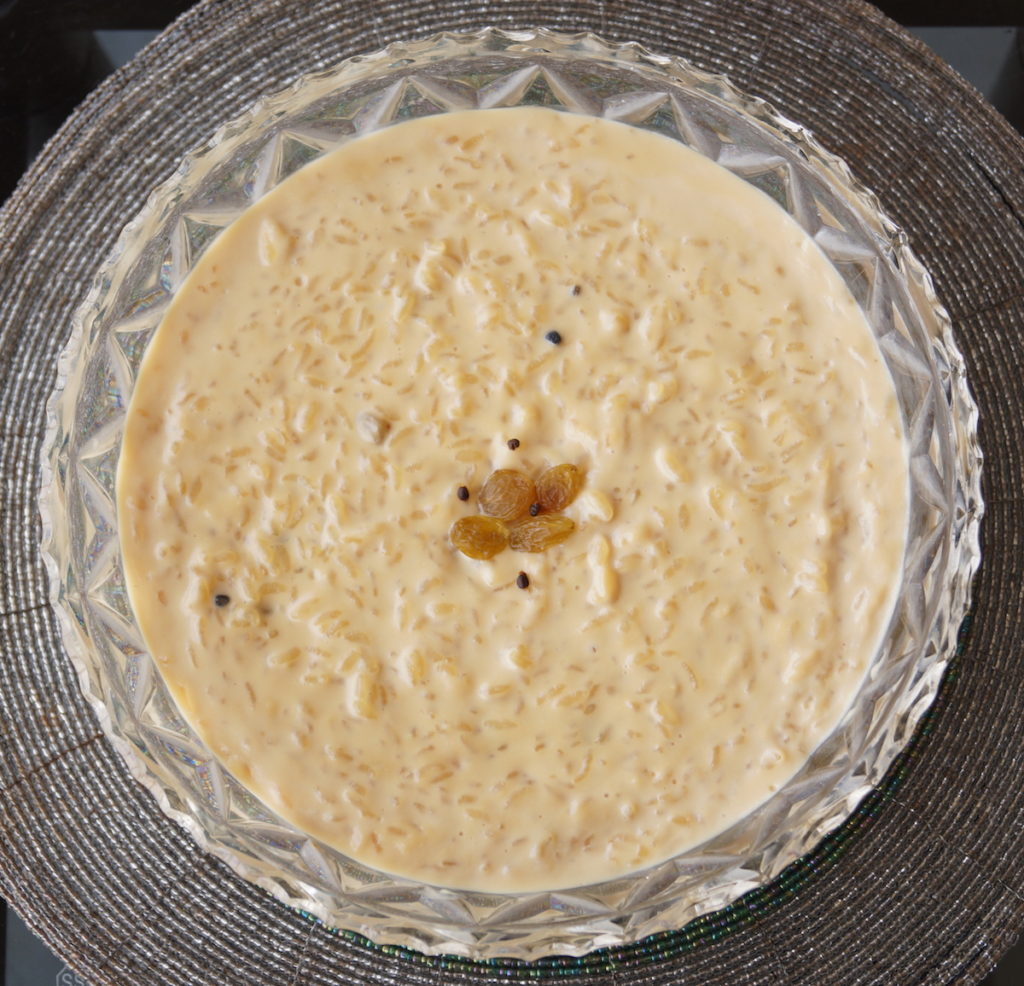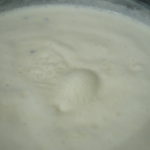![]()

Nolen gur, or date palm jaggery is a delicacy in Bengali cuisine as it is available only in winter and gives the most heavenly flavour to desserts. So naturally, when winter comes, anyone making any Bengali desserts with this stuff available would be hard pressed to use anything else.
Bongs, slang for Bengalis, are one of the most food-obsessed communities you will ever come across and that is evident by the crazy food items that have been transported nationally and internationally in cabin baggage, sometimes just for a one-meal fix. I have actually carted raw Hilsa fish from Kolkata to Mumbai on a plane for one aunt many a time and Potol, or pointed gourd for another aunt by train from Kolkata to Chennai among the many other food items in continuous transit.
My parents keep bringing me lemons, pomelos, mangoes specifically available in Bengal and other stuff which I welcome with absolute glee every time. This time they brought me freshly made Nolen gur from Shantiniketan, the later-life abode of Bengal’s most revered and treasured citizen, the late Rabindranath Tagore, poet extraordinaire, literary genius and musical icon.
When you have something so treasured lying in your house, why not put it to good use? I did. Twice in three days and both times the payesh, or rice pudding, got polished off with barely a small bowl leftover, which promptly got eaten up the next day. Date palm jaggery is called various names in Bengal, namely Khejur (dates) gur, Notun (new) gur and Nolen gur.
Payesh is something my mother makes very well and knowing how much I love it, whips it up for me every time I go home. This is her recipe and to honour her culinary skills, I’m posting it for you all to enjoy, though I’ve added my own touch to it (have to add the disclaimer in case she thinks i’ve butchered her recipe!). She likes it a bit watery and I like it a bit thick. We Bongs are also very particular about what rice we use for this. Nothing less than Govind Bhog, or Gobindobhog, a short-grain fragrant rice. If you don’t get this, use any short-grain rice, and if there’s no short-grain rice available, use any rice, though am warning you, it won’t taste the same with the basmati variety.

This dish has very few ingredients and hardly any steps, but be warned, it needs constant attention as boiling milk can burn in an instant. You have to keep stirring the milk and then the mix and not leave the dish alone for even a minute, so bathroom breaks and all other distractions should be taken care of before. When you’re ready, here’s how to get to it.
Ingredients
100 gms rice (preferably Govind Bhog variety)
1 litre full cream milk
4 green cardamom
30 gms raisins (optional)
125 gms date palm jaggery (Nolen gur) grated
Get Started
- Wash the rice thoroughly, drain all the water and set aside.
- In a heavy bottomed pan, preferably not steel, boil the milk with the seeds from the cardamom, stirring continuously till it reduces a bit. Keep the gas on high heat till the milk comes to a boil and starts rising then immediately lower the heat to medium or medium-low and cook down. That should take about 15 minutes.
- Add the rice and cook on medium-low heat for about 7 minutes till its done, stirring every 20 seconds or so.
- Add the date palm jaggery, or nolen gur and mix well till fully incorporated. Add the raisins too. Turn the heat up to medium and simmer the pudding till it thickens a bit. About 3 minutes if you want it a bit liquidy and five minutes if you want it thick. The pudding should not be too thick nor too watery. If you’re serving it chilled, it will thicken further in the fridge. If it gets too thick, add a cup of milk, stir and remove.
- Remove from gas, pour into a serving container and leave to cool completely. You can serve it warm or chilled. For the chilled version, after the pudding has cooled, keep it in the fridge for at least two hours. Because you’re using full cream milk, the cream will form a layer on the top. Before serving mix it up nicely so that the layer is incorporated well into the pudding.
Important notes: Milk has the tendency to burn in seconds and stick to the bottom of the pan. Be very careful about the heat and keep stirring all the time. I used a simple stainless steel vessel once and it gave me a tough time. I then used a thick anodised steel vessel and that worked like a dream.
If you have no option but a simple steel vessel, put the vessel over a flat pan or tawa so that the heat does not hit it directly. You’ll still have to work your arm off to see the the milk and the pudding does not burn, but its totally doable.
Do not add the Nolen gur before adding the rice as it will stop the cooking process.
Pictorial steps










